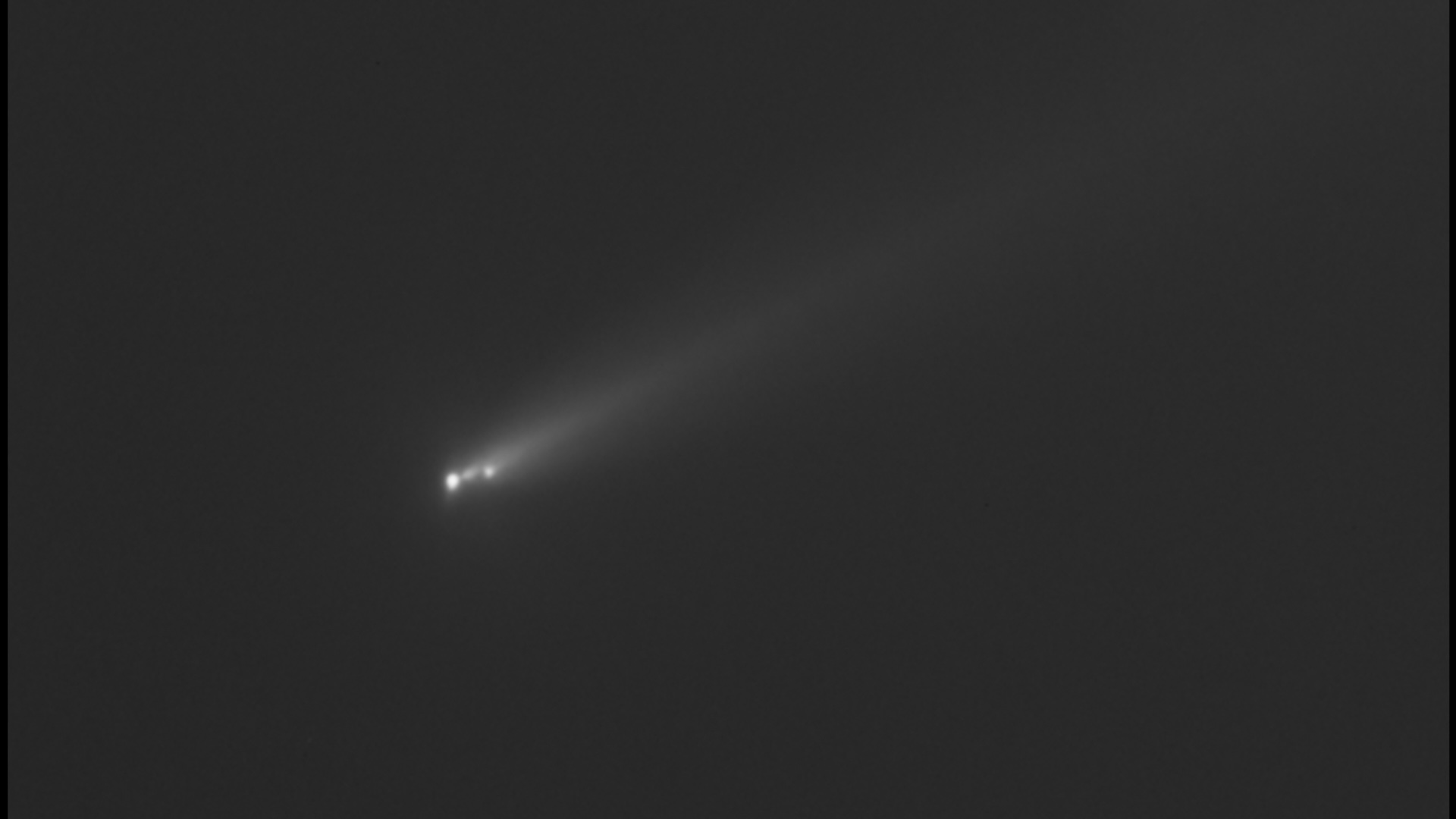Why Is Plutonium More Dangerous than Uranium?
Scientists say plutonium may be the worst of all the fission byproducts that could enter the environment as a result of the Fukushima nuclear disaster. That's why MOX fuel rods that are piled up in spent fuel pools near the Unit 3 reactor, which consist of a mix of plutonium and uranium isotopes, have become the number one concern of workers at the plant.
Plutonium-239, the isotope found in the spent MOX fuel, is much more radioactive than the depleted Uranium-238 in the fuel.
Plutonium emits alpha radiation, a highly ionizing form of radiation, rather than beta or gamma radiation. External exposure to alpha particles isn't much of a health risk, because they have a low penetration depth and are usually stopped by skin. When alpha-emitters get inside cells, on the other hand, they are extremely hazardous. Alpha rays sent out from within cells cause somewhere between 10 and 1,000 times more chromosomal damage than beta or gamma rays.
Related: Why are there no purple or green stars?
According to the Environmental Protection Agency, plutonium enters the bloodstream via the lungs, then moves throughout the body and into the bones, liver, and other organs. It generally stays in those places for decades, subjecting surrounding organs and tissues to a continual bombardment of alpha radiation and greatly increasing the risk of cancer, especially lung cancer, liver cancer and bone sarcoma.
There are documented cases of workers at nuclear weapons facilities dying within days of experiencing brief accidental exposure to plutonium, according to the Hazardous Substances Data Bank.
Furthermore, among all the bad things coming out of Fukushima, plutonium will stay in the environment the longest. One isotope of plutonium, Pu-239, has a half-life of 24,100 years; that's the time it will take for half of the stuff to radioactively decay. Radioactive contaminants are dangerous for 10 to 20 times the length of their half-lives, meaning that dangerous plutonium released to the environment today will stick around for the next half a million years.
Get the world’s most fascinating discoveries delivered straight to your inbox.
Natalie Wolchover was a staff writer for Live Science from 2010 to 2012 and is currently a senior physics writer and editor for Quanta Magazine. She holds a bachelor's degree in physics from Tufts University and has studied physics at the University of California, Berkeley. Along with the staff of Quanta, Wolchover won the 2022 Pulitzer Prize for explanatory writing for her work on the building of the James Webb Space Telescope. Her work has also appeared in the The Best American Science and Nature Writing and The Best Writing on Mathematics, Nature, The New Yorker and Popular Science. She was the 2016 winner of the Evert Clark/Seth Payne Award, an annual prize for young science journalists, as well as the winner of the 2017 Science Communication Award for the American Institute of Physics.

